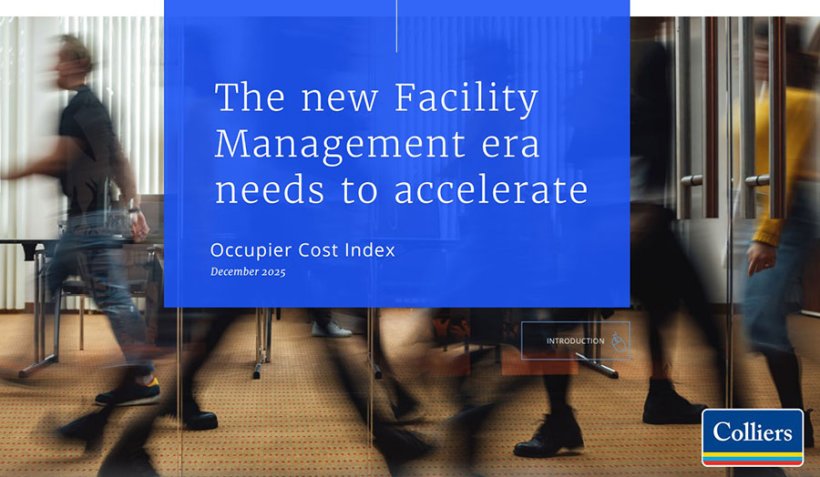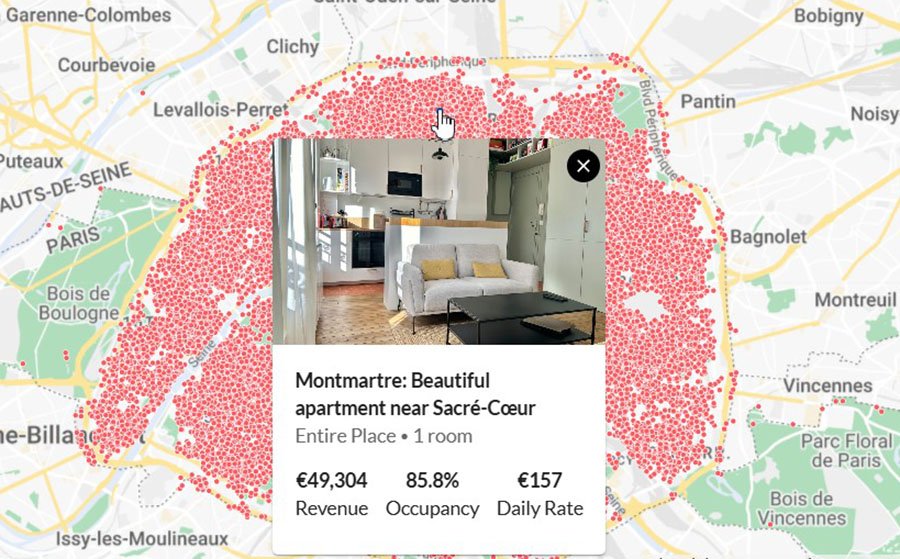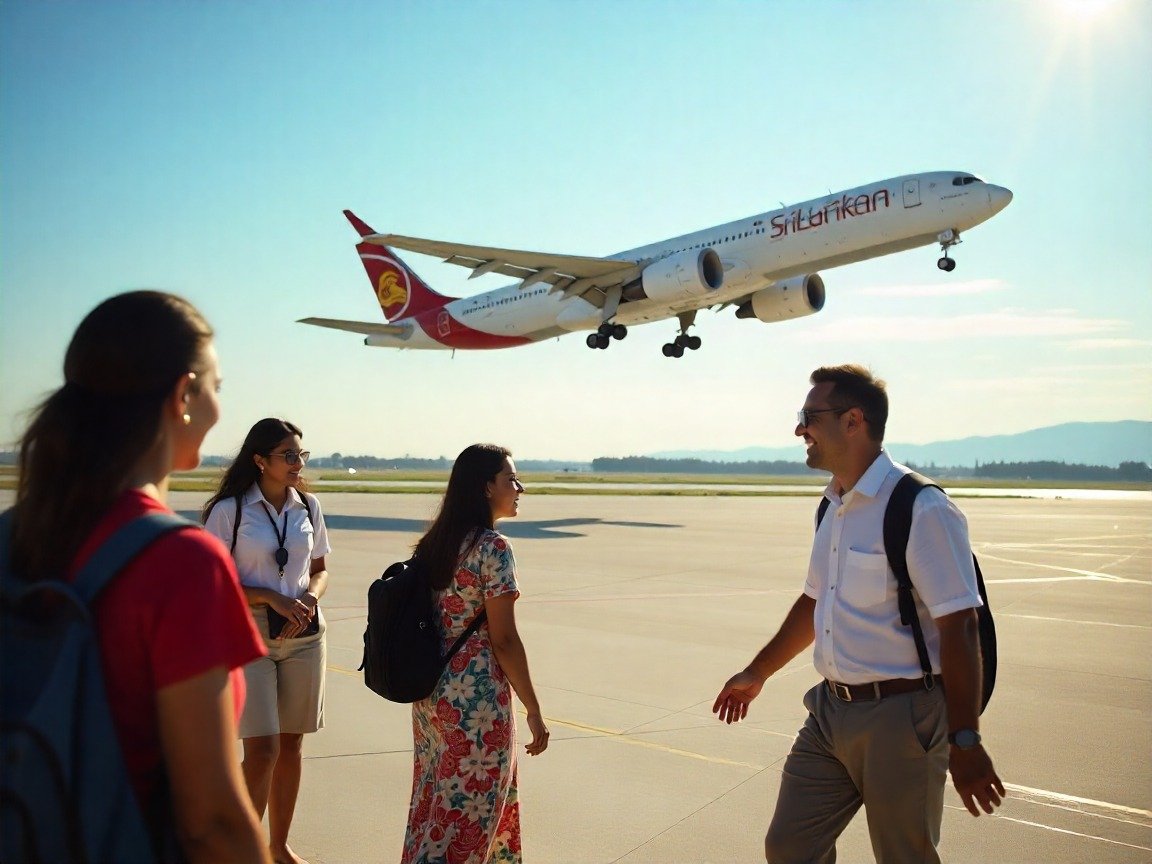читайте также
 The structure of workplace costs in Europe has shifted: Colliers
The structure of workplace costs in Europe has shifted: Colliers
 How Terrorism Is Reshaping Middle East Tourism in 2025: Risk, Resilience and Shifting Demand
How Terrorism Is Reshaping Middle East Tourism in 2025: Risk, Resilience and Shifting Demand
 Rental Market in Paris: Rate Dynamics, Occupancy, and Yields
Rental Market in Paris: Rate Dynamics, Occupancy, and Yields
 DHS Travel Ban Shock: How a Proposed Expansion to 32 Countries Could Disrupt Airlines, Tourism and U.S. Hospitality
DHS Travel Ban Shock: How a Proposed Expansion to 32 Countries Could Disrupt Airlines, Tourism and U.S. Hospitality
 Travel Surge 2025: How Lufthansa, Iberia and Hyatt Ignited Record Demand for Spain, Italy and the U.S.
Travel Surge 2025: How Lufthansa, Iberia and Hyatt Ignited Record Demand for Spain, Italy and the U.S.
 Hyatt Expands Boldly Across Portugal: Four New Hotels Set to Redefine Hospitality in 2025–2026
Hyatt Expands Boldly Across Portugal: Four New Hotels Set to Redefine Hospitality in 2025–2026
Housing in Serbia 2025: Moderate Price Growth in the Second Quarter

Photo: Unsplash
In the second quarter of 2025, Serbia’s housing price index increased by 5.78% compared to the same period in 2024, reported the Republic Geodetic Authority (RGZ). Quarter-on-quarter, the index rose by 1.36%. Prices went up across all regions of the country, with Belgrade and Vojvodina leading the trend.
Sales and Volumes
Resale housing prices climbed by 5.89%, while new builds appreciated by 5.57% year-on-year. In some locations, growth slowed slightly, but overall figures remained above the EU average of 5.4%. During the first quarter of 2025, a total of 12,650 purchase agreements were signed in Serbia — 8.5% more than in the same period of 2024. The total transaction value reached €1.235 billion (+24.4%).
The strongest growth in sales was recorded in the southern and eastern parts of the country, with a 30.2% rise in the number of transactions and a 65.6% increase in total value. In Vojvodina, transactions grew by 8.8%, while their combined value rose by 30.1%. In Šumadija and Western Serbia, the figures stood at 4.8% and 27.4%, respectively, and in Belgrade — 4.1% and 16.6%.
Price Dynamics
Belgrade remained at the upper end of the price range. Over the year, housing costs in the capital rose by 6.1%. Similar trends were observed in Vojvodina (5.96%) and in Southern and Eastern Serbia (5.67%), while in Šumadija and Western Serbia the growth rate stood at 4.8%.
The RGZ emphasized that the housing price index is developed in line with international methodological standards, allowing citizens and businesses to monitor market movements in real time. The authority’s website provides quarterly indices dating back to 2019, along with a formula for calculating a property’s current market value.
For instance, if an apartment in Belgrade was purchased in Q2 2020 for €150,000 when the index was 112.11, and the current index stands at 170.10, its estimated mid-2025 value would be €227,588. This means the property has appreciated by roughly 51.7% over five years.
Housing in Belgrade
The Republic Geodetic Authority earlier reported that by April 2025, housing in Belgrade had increased in price by 5.31% year-on-year. Price levels ranged from €2,000 to €10,000 per sq m depending on the district, but the number of transactions remained minimal. Analysts linked this to a sharp decline in demand from Russian buyers, who were among the key purchasers in 2022–2023 but accounted for less than 5% of transactions in 2025.
In Belgrade’s Old Town, apartments were selling for €5,000–5,500 per sq m, in Vračar for €3,500–4,000, in Savski Venac around €3,300, and in Voždovac from €2,800 to €3,800. In high-end complexes such as Belgrade Waterfront, prices reached €4,000–5,500 per sq m, with parking spaces starting at €35,000.
Yields and Outlook
According to Global Property Guide, the gross rental yield on residential property in Serbia was estimated at 5.57% in the third quarter of 2025. In Belgrade, the figure stood at 6.35%. A studio priced at €78,000 could generate a 6.92% yield when rented for €450 per month. In Novi Sad, the average return was lower at 4.79%. The maximum yield of 4.90% corresponded to one-bedroom apartments priced at about €97,900.
All returns are shown before taxes, maintenance, land lease payments, agency fees, and other costs. Net rental yields are typically a couple of percentage points lower, averaging around 4% nationwide, slightly above 4% in major cities, and close to 3% elsewhere. With potential vacancy periods factored in, real returns may fall even further.
Analysts at International Investment note that the lack of transparency in Serbia’s property market continues to affect its investment appeal, with thousands of unregistered properties still present in official records — a source of risk for any transaction. Authorities have announced plans for reform in this area, though experts doubt the likelihood of swift, effective action.
In 2025, prices are expected to rise by 3–4%, and by 2–3% in 2026 under a pessimistic scenario, by 5–6% and 4–5% under a baseline one, and up to 8% in the event of strong foreign investment inflows and progress in EU integration. Over the next five years, average annual housing price growth is projected at about 1.4%.
Подсказки: Serbia, real estate, housing market, Belgrade, property prices, investment, Vojvodina, housing trends





